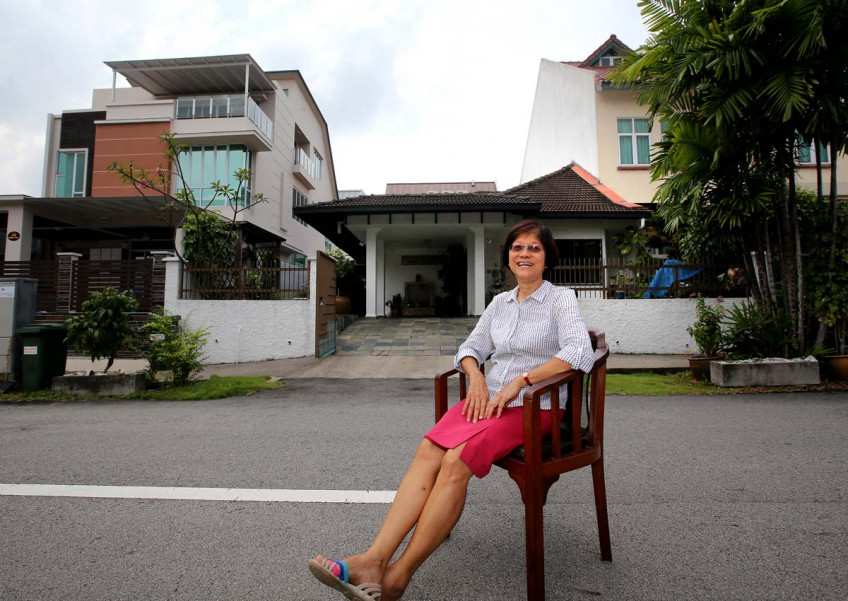Memories of a quaint neighbourhood

To many, it is simply Serangoon Gardens.
To some among the older generation, however, it will always be ang sar lee, which in Teochew refers to the red-tiled roofs that were once common in the quaint residential area.
The neighbourhood is being commemorated for SG50 in a new book entitled Heritage Journeys: No Place Like Serangoon Gardens, and features long-time residents recounting their stories to younger generations.
The book editor is Ms Catherine Khoo, who heads a young team of six authors from Janus Education who co-wrote the book.
Ms Khoo, 56, told The New Paper: "We had a few residential areas in mind that we wanted for this project and we submitted them to be considered as a potential recipient of the irememberSG fund.
"Serangoon Gardens was the estate that was approved. For some of my young authors, it was their first time stepping into Serangoon Gardens, so it was an eye-opener for them to find out about the history of this iconic neighbourhood."
Here are some interesting facts from the book.
Serangoon Gardens was built in the 1950s to house the British military officers stationed here then.
For children who grew up there between the 1950s and 1960s, it was an idyllic neighbourhood. Local children mixed with British ones and many loved to gather around the lady who sold kacang puteh (nuts).
One long-time resident featured in the book, retired school principal Mabel Wee, 65, recalled: "I remember the kacang puteh lady was happy when I gave her all my old text books. She would use the pages from the books to wrap the nuts in.
"In return, she would give me some kacang puteh, which made me happy as well."
TRADITIONAL GAMES
Playtime was often a mix of hopscotch, skipping rope, five stones and catching, she said.
When the children were thirsty, they would flock to the shophouses in Kensington Park Road, which sold many snacks, including fizzy drinks in glass bottles.
For adults, a date night back then would often involve Paramount Theatre, which has since been rebuilt into myVillage.
Two of the young authors involved said they enjoyed working on the project.
One of them, Wong Zi Ling, 14, a Nanyang Girls' High School student, said: "Through this journey, I realised that my whole take on Singapore and how I know it will soon become part of history, too.
"And, honestly, it did scare me to even ponder this reality. That one day, life as I know it might be forgotten as Singapore continues to reinvent itself.
"But it has just reinforced the idea that an effort should be made by every generation to attempt to understand our past so that it can be a source of inspiration for the future generations..."
cchar@sph.com.sg

This article was first published on July 13, 2015.
Get The New Paper for more stories.